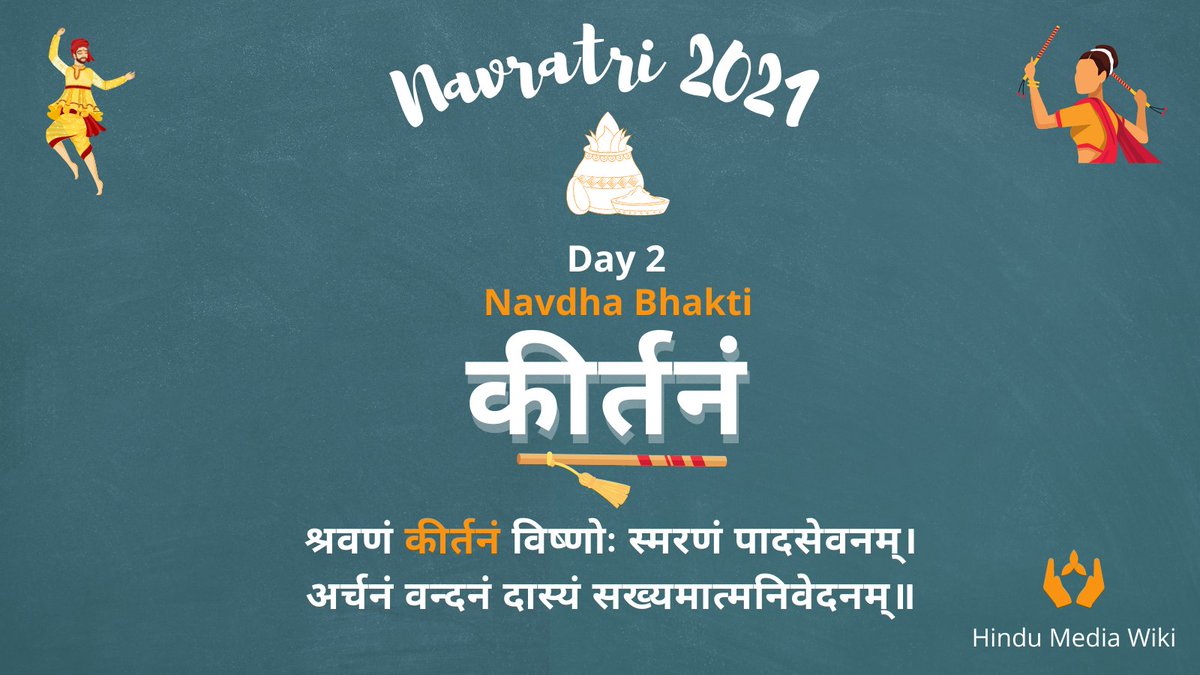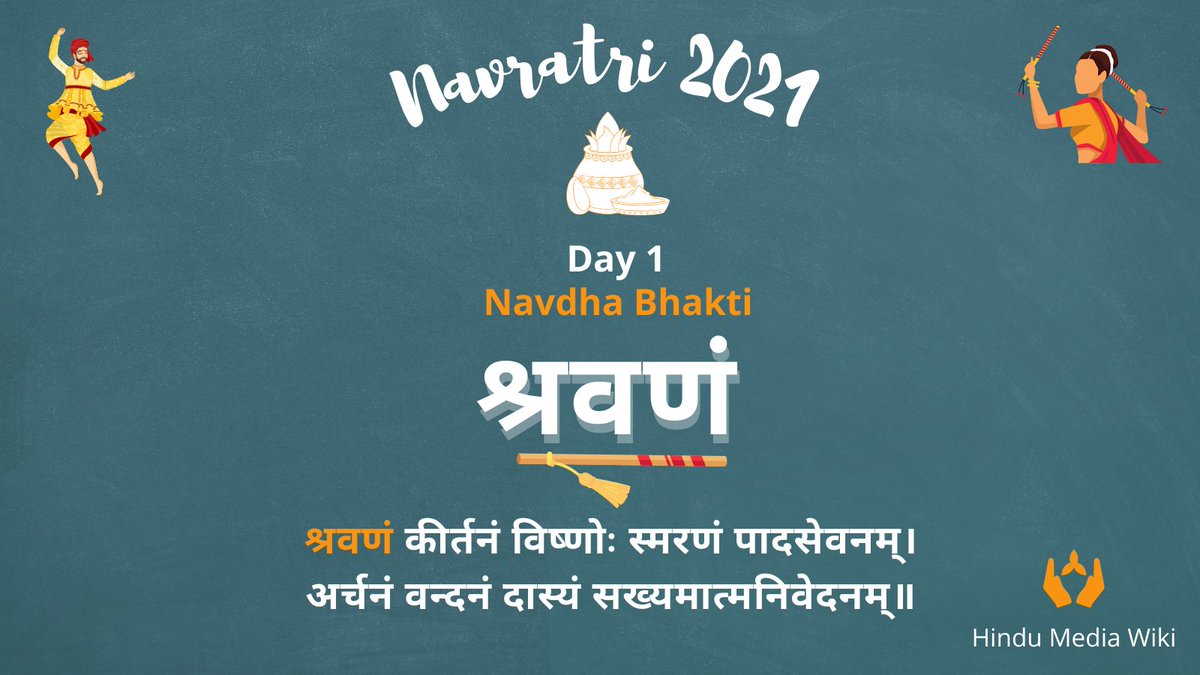
A thread on Brahma's Manasputras:
First, Brahma created 4 mind-born eternal boys who refused to procreate. They were Sanaka, Sanatana, Sanandana and Sanatkumara.
Then he created 7 mind-born sons, namely Pulastya, Pulaha, Kratu, Angiras, Marichi, Atri and Vashishtha.
First, Brahma created 4 mind-born eternal boys who refused to procreate. They were Sanaka, Sanatana, Sanandana and Sanatkumara.
Then he created 7 mind-born sons, namely Pulastya, Pulaha, Kratu, Angiras, Marichi, Atri and Vashishtha.
They are known as Saptarishis. These Brahmarishis are also known as Prajapatis.
This original list of 7 is found in Mahabharata (Santi Parva: Apaddharmanusasana Parva, Section 166).
This original list of 7 is found in Mahabharata (Santi Parva: Apaddharmanusasana Parva, Section 166).
However, their number and names vary to a great extent in different Puranas. The list almost always includes these 7 sages but sometimes add new names to this original list.
For example, Vishnu Purana lists 9 Prajapatis (Book 1, Ch 7). Two additions to the original list are Bhrigu and Daksha.
• • •
Missing some Tweet in this thread? You can try to
force a refresh







